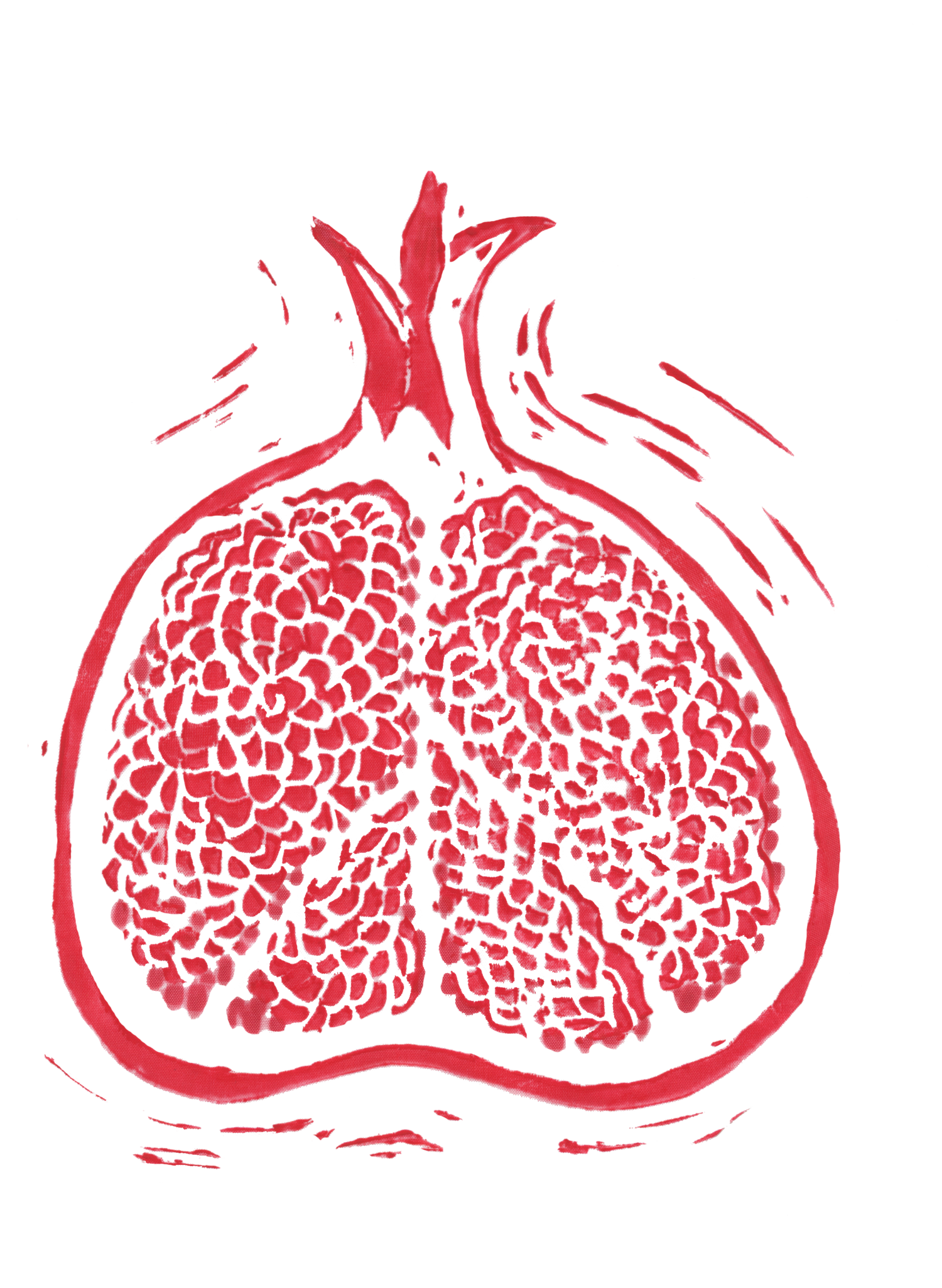Life of a
Dead Tree
Sasha’s Workshop
June 21, 2019
Museum of Contemporary Art, Toronto, ON
"I was left longing to be ever closer to trees, touched by their beauty, power and generosity: how they grow under such challenging urban conditions (fortunately for us), and how in death they continue to nourish the next generations." –Sharon
In June of 2019, the Persephone Project gathered at the Museum of Contemporary Art to engage with Mark Dion’s exhibition, “Life of a Dead Tree,” which featured a centuries-old white ash infested with emerald ash borer laid out in sections in the gallery space on sawhorses. Gallery visitors circulated around the ash tree, examining it closely. Also present in the exhibition was Alexandra Ntoukas, a lab-coated scientist who was studying the tree and working out of a windowed “lab” staged by Dion. The tree itself seemed to occupy a living-dying state: it was being eaten to death and also teeming with insect life. Melanie Sifton, a PhD candidate in U of T’s Institute of Forestry & Conservation who studies soil and tree interactions, worked closely with Dion to choose the tree; she led us through the exhibition as we aimed to practice a deep attentiveness, to hear what the tree might have to teach us. Later, Sandy Smith, a U of T Forestry & Conservation professor and director of Smith Lab, led us on a walk through MOCA’s urban-industrial neighborhood. We made the acquaintance of more than nine tree species, half of them self-seeded, and learned about the political complexity of urban forestry and urban challenges to tree survival. We began to see the story of our city through its trees.
Learning & Discussing at MOCA
How do we cultivate a deeper listening and understanding of our tree neighbours? How can new ways of understanding trees change our relationship with them and our ways of caring for them?
Readings from D.G. Haskell’s The Forest Unseen, Barry Lopez’s Horizon and Lab Girl by Hope Jahren highlighted different ways of contemplating a tree: as a mandala that reveals the universal in the smallest details, as an event or process that is always unfolding, and as a record of how death and loss shape our world.
What narratives, cultural biases and assumptions underlie the stories we tell about city trees and urban forests? How might they be used to appease Western guilt around environmental destruction?
Readings from Haskell’s The Songs of Trees and J. Dean’s “Seeing Trees, Thinking Forests: Urban Forestry at the University of Toronto in the 1960s” examined life in the urban forest and what it revealed about human attitudes to the natural world, provoking us to think of trees as fellow community members and urban collaborators.
“And the earth below smiled back in all its radiance.”
Hymn to Demeter, line 14




